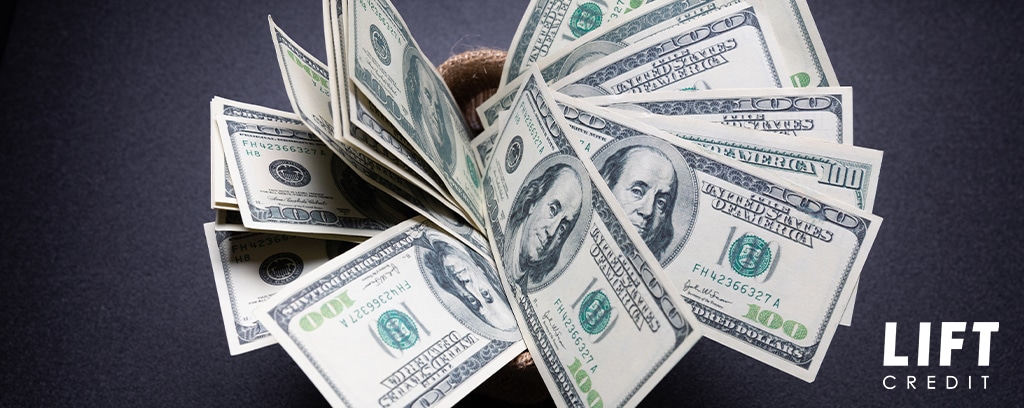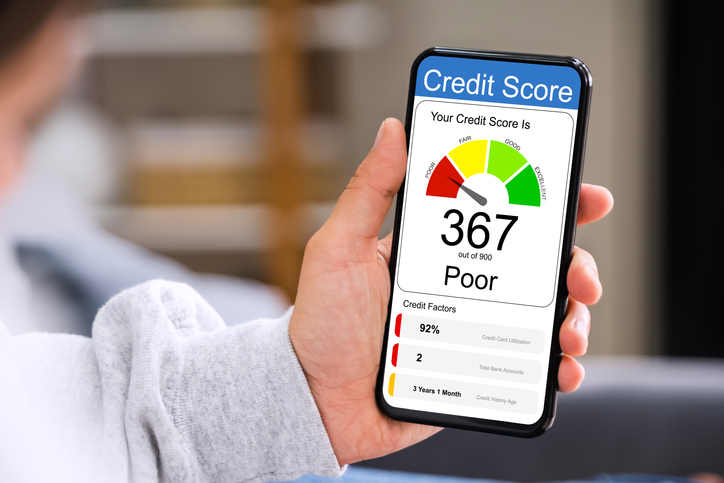What to Know About Emergency Funds
If an unexpected $500 expense came up right now, how would you pay for it?
Most Americans would simply use a credit card, and pay it off later. Is that the best option? Your short-term problem is solved, but not only will you be paying back the $500 over time, you’ll have the extra expense of credit card interest. When the next “emergency” arises, and you’re still paying off the first “emergency,” you may find yourself in a vicious cycle of debt that can be hard to escape.
If you prepare for unexpected expenses by building an emergency fund, you can better protect yourself against a future financial crisis.
What Is an Emergency Fund?
As the name implies, an emergency fund is money set aside to cover unforeseen, often significant, expenses such as:
- Medical bills
- Major auto repairs
- Home repairs
- Appliance or equipment replacement
- Sudden travel costs
- Loss of income
Bear in mind that an emergency relief fund is different from a nest egg or long-term savings for school tuition, a new vehicle or home, or vacation. Instead, it is a safety net only to be used when an emergency arises.
Why It’s Important to Have One
Having emergency funds is essential for several reasons. Below are a few of the benefits.
1. Ensures Financial Stability
Building an emergency reserve of cash creates a buffer to keep you adequately covered for unplanned necessities or life events. No one can tell when an accident, death, layoff, or other emergency will happen. If you’re unprepared for such setbacks, it often leads to financial distress and more debt.
2. Avoids Costly Credit Card Interest
When you have extra money for large, sudden expenses, you don’t have to charge a credit card to cover emergencies. It’s well known that paying the minimum monthly payment on your credit card bill leads you to overpay greatly for your purchase because of all the interest fees. Relying on cards can turn an urgent situation into a financially devastating one.
3. Prevents Unnecessary Stress
Emergencies do not only take their toll on your finances but your health as well. Rather than focus on the situation at hand, you’ll spend more energy and time worrying about how to pay for it. Save yourself the stress by setting aside money for the worst times.
How Do You Start Building an Emergency Fund?
Starting an emergency fund can be a challenge, particularly for those living paycheck to paycheck. Make it easy by following these steps toward creating a solid fallback.
1. Estimate Your Expenses
Many people who want to save for rainy days don’t know how much an emergency fund should be.
The ideal amount to put away will vary for each household, but 3 to 6 months of expenses is typically recommended. If your job situation is uncertain, it’s best to have a larger sum, such as 9 to 12 months. At the very least, $1,000 should be set aside until you can afford to put away more.
When estimating monthly expenses, be sure to include:
- Rent or mortgage
- Utility bills
- Outstanding debt payments
- Food
- Daily living costs
Budget for out-of-pocket expenditures as well, such as movie tickets, clothes, meals out, and other incidentals. Rewarding yourself is a good motivator.
2. Set a Fund Goal
You’ll achieve your goal faster with a clear, easy-to-follow plan. Instead of having a rough estimate, set a specific amount to stay on track. Make your end target less daunting by breaking it into manageable amounts—for example, $20 per week. At the end of a year of saving consistently, you would have set aside over $1,000.
3. Develop a Plan for Saving
After setting a goal, strategize.
If you already have some money in savings, set some aside right away to use strictly for emergencies. Many banks allow you to have separate savings accounts, so dedicate one for emergencies only, that you’ll only tap into when you need it.
If you don’t have any money to put in right now, start small—$50 a month—and have it deposited directly into savings the day you get paid. If you don’t have to think about it, and you don’t see the money, you’ll begin to not count on it as part of your monthly income, leaving that money to build interest quietly until you need it.
If $50 a month seems like too much, here are some ways to make it work for you:
https://www.liftcredit.com/legitimate-ways-to-earn-extra-cash/
https://www.liftcredit.com/simple-things-can-give-today-save-money/
Once you do tap into your emergency fund, don’t forget to replenish it as quickly as possible. It should be a priority over saving for college, retirement, or any other type of savings. Again, maintain 3 to 6 months of expenses if possible.
4. Keep Emergency Savings Accessible
When building your emergency funds, it’s best to put them in a high-yield savings account for quick access. You can easily withdraw or transfer them any time—a crisis often happens when you least expect it. Moreover, parking your extra funds in such accounts lets you earn higher interest the longer you keep your money intact.
Other alternatives to a savings account are money market funds and no-penalty certificates of deposit. They have high interest-earning potential and are both easy to convert into cash in times of need.
5. Increase Your Funds
Once in a while, check your saved amount and review set goals. Consider adjusting contributions to the fund if your current targets seem easily achievable. Increase it by a specific percentage or amount—you won’t usually notice such changes, especially at small increments. Do it consistently until you reach your savings goal.
If you’ve used up a portion of your emergency cushion, be sure to build it up again. You’ll never know when the next downturn will occur.
6. Save Unexpected Money
Windfalls like tax refunds, bonuses, cash gifts, and other forms of unexpected earnings can be tempted to splurge with. However, it’s more practical to put all or a portion of it away for your emergency stash and achieve your financial goals quicker.
7. Keep on Saving
If you’ve saved up enough for your emergency reserves, that doesn’t mean you have to stop saving. Instead, continue setting aside funds—there may be instances when your savings are not enough to tide you over.
Being sidelined for over a year because of an accident, economic slowdown, or worldwide crisis are instances where the extra cushion can get you out of financial scrapes.
Start Saving for Rainy Days
Begin building your emergency funds today with the above tips and tricks from Lift Credit. And when you’re in a pinch, our various offerings can help you overcome those challenges and get back on track.









